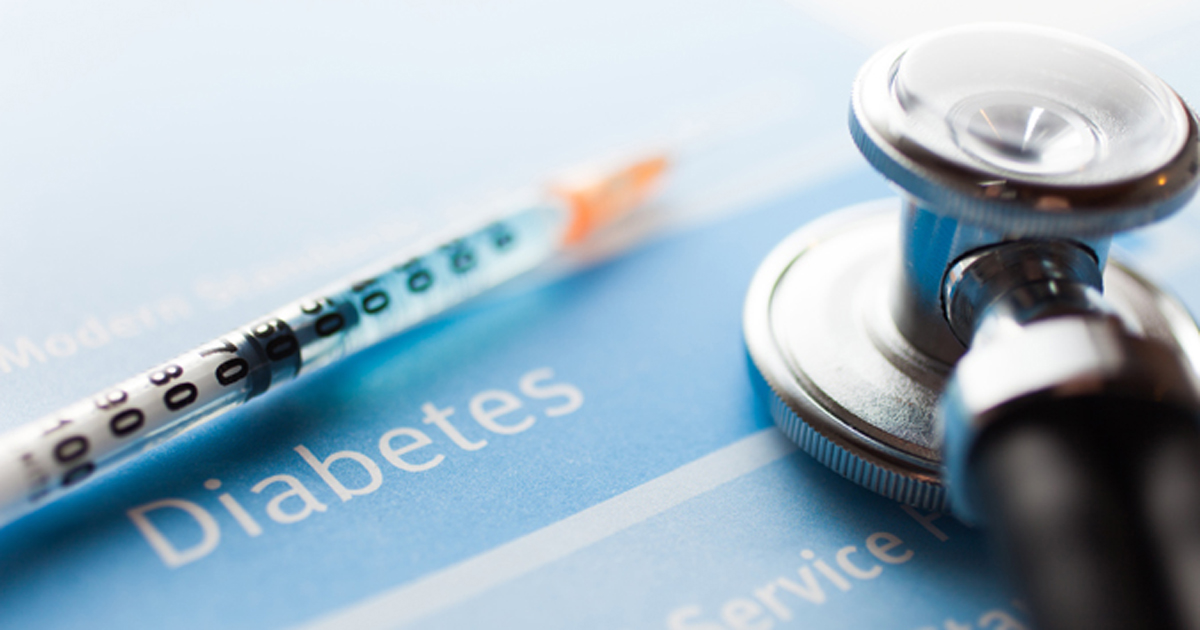Recommendations for people with diabetes during COVID-19

JDRF and Beyond Type 1 released new guidance Tuesday for people with diabetes on ways to reduce risk for contracting COVID-19 and curb the spread of disease, with 50 global diabetes organizations endorsing the recommendations, according to a press release.
The recommendations, available at www.coronavirusdiabetes.org, offer tips on how to establish and maintain strict personal hygiene, minimize physical interaction with others, minimize risks when out in public, make work as safe as possible, establish a successful diabetes management routine and maximize baseline physical and mental health. The guidance is available in English and Spanish.
“The JDRF x Beyond Type 1 Alliance has brought together some of the leading organizations in both the type 1 and type 2 diabetes space from around the world to share recommended best practices to keep the community safe,” Aaron J. Kowalski, PhD, president and CEO of JDRF, told Healio. “JDRF is proud to be a part of this important effort that is leading the way and supporting the T1D community through these unprecedented times.”
As Healio previously reported, adults with diabetes are no more likely to contract COVID-19 than people without diabetes, but they could be up to twice as likely to die from complications. Research suggests that diabetes is one of the most common comorbidities among people infected with COVID-19; however, its exact prevalence remains unclear.
The organizations offer detailed recommendations under several domains:

Establish and maintain strict personal hygiene: Wash hands every time you come into contact with an out-of-home item or place, regularly disinfect high-touch surfaces in your home, and avoid touching your face. Cough or sneeze into your elbow or a handkerchief. Act as though you have COVID-19 and could pass it on.
Minimize physical interaction with others: Minimize contact with individuals outside your household. Secure a sufficient amount of food, supplies and medications to minimize trip frequency as your budget allows. Have items delivered if possible.
Seek routine medical care from home: Use telehealth and mail-order pharmacy options.
Minimize risks when out in public: Maintain a distance of at least 6 feet from others. Wear a cloth mask or face covering. Adjust schedule to avoid busy times in public places. Take advantage of dedicated shopping times for vulnerable individuals, if available.
Make work as safe as possible: Work from home as much as you can. Look into modifications in work procedures to keep 6 feet distance from others. Adjust your schedule to avoid high-traffic times. As physical distance rules are lifted, advocate for flexible work options for high-risk individuals.
Maximize baseline physical and mental health: If you smoke or vape, stop now. Prioritize rest, hydration, nutrition, physical activity, and socializing virtually with others. Exercise inside or in isolated areas. If you are struggling with mental health, seek online help.
Set yourself up for success with diabetes management: Test blood glucose more often; your body may be reacting differently under these new circumstances. Familiarize yourself with how to check for ketones. Check for ketones regularly, regardless of glucose levels. Secure a sufficient amount of supplies, including ketone strips and glucagon. Maintain a routine of physical movement and glucose-friendly eating.
If you get sick, get treated quickly: Measure temperature daily with a thermometer and take heart rate with a watch. Track any changes. Never stop taking insulin or other medications, even when you become sick. Discuss insulin dosage changes with a health care provider. Know the warning signs of diabetic ketoacidosis and seek immediate medical attention for symptoms, including fruity smelling breath, vomiting, weight loss, dehydration, confusion and hyperventilation.
Sharing partners include the American Diabetes Association, the Association of Diabetes Care and Education Specialists, diaTribe Foundation, College Diabetes Network, the Endocrine Society, Majorie’s Fund, T1D Exchange, Taking Control of Your Diabetes, We Are Diabetes, and more.
Along with the list of recommendations, the website includes articles, downloadable graphics, videos and links to additional resources provided by JDRF, Beyond Type 1 and other partners. Organizations and companies interested in participating in the effort can email coronavirus@beyondtype1.org. – by Regina Schaffer
Reference:
JDRF and Beyond Type 1. Coronavirus and diabetes. Available at: www.coronavirusdiabetes.org. Accessed: April 29, 2020.
Disclosure: Kowalski is President and CEO of JDRF.

